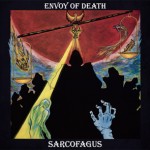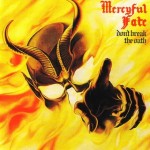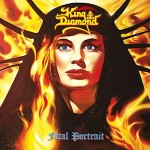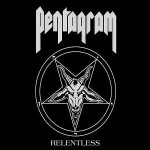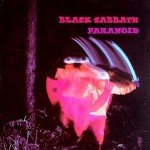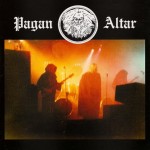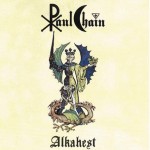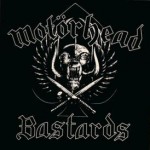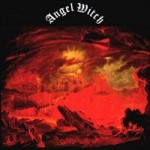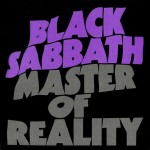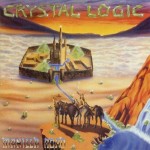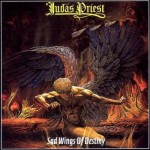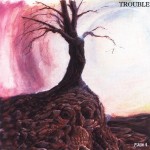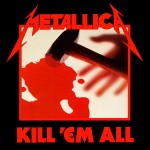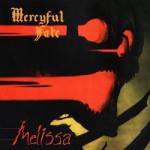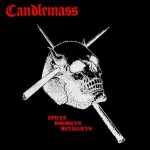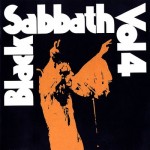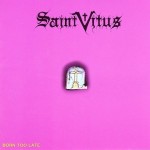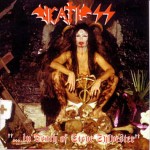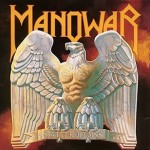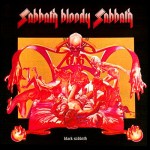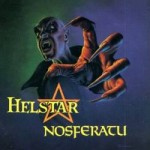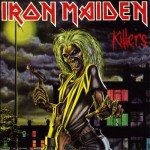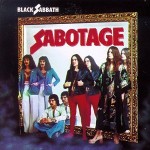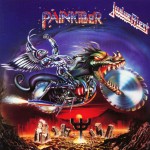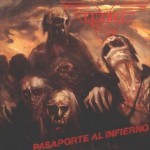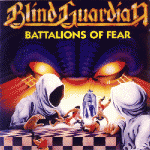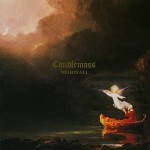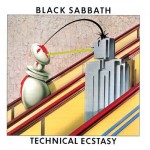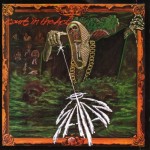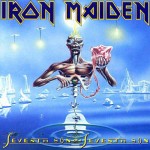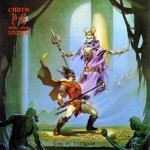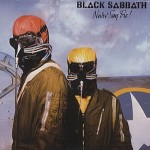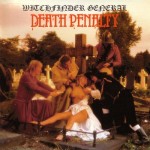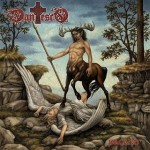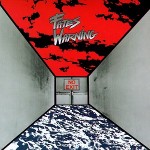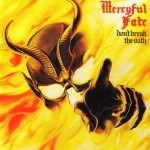Swedish Death Metal by Daniel Ekeroth is an easy and enjoyable read that recounts the glory years of Swedish Death Metal told in large part through the mouths of those who actually lived it. Ekeroth presents the history of Swedish death metal, focusing mainly on the release of seminal albums and demos, and the means by which fanzines and tape trading played a role in the development and proliferation of the Swedish death metal genre. This is definitely a worthwhile read if one is looking for a chronology of all of the important bands, namely Bathory, Nihilist/Entombed, Dismember, At the Gates, and Therion, that played an important role in the development and consolidation of Swedish Death Metal. Additionally, the layout of the book is such that it is easily navigable, making use of handy headings, subheadings and band headings, which also make this a great quick-reference text. However compelling, it is a slight draw back that the various snapshots throughout the book interrupt the flow of the read, and are laid out in such a way as to provide a distraction. One may be better off reading the book through and then returning to the snapshots at a later date.
In addition to analyzing the careers of many important Swedish Death Metal bands, Ekeroth indulges the curiosity of the reader and earns additional merit for mentioning important non-Swedish bands such as Master and Deathstrike, and for emphasizing the role of Morbid Angel in the overall development of Death Metal. Interestingly, the author seems at pains to make sure that the reader understands the relationship between Crustcore, Punk, and Metal and adds some welcome depth to his account of Swedish Death Metal by mentioning Discharge, whose strumming style and melody would influence countless metal bands. If you are looking for a chronology of the glory days of Swedish Death Metal, this book proves enlightening. Thankfully, there is little mention of Slaughter of the Soul and second rate Swedish bands such as In Flames and Soilwork that would later hijack, dilute and all but destroy this once living art form.
With that said, readers beware! Ekeroth has a tendency to try and convince his reader that death metal was all about “fun” back in the day and tends to present the extracurricular activities, namely drinking and partying, as the highlights of many bands careers. Although Ekeroth’s goal was to tell the history of important bands, releases and tours, I believe this book could have been improved had Ekeroth attempted to explore the philosophical underpinnings of this genre and refrained from presenting Metal culture as simply an offshoot or replication of self-indulgent rock culture. New frontiers await those willing to explore this aspect of Swedish Death Metal and Ekeroth’s book may in fact prove to be a trailblazer. Time Shall Tell.
-TheWaters-
No CommentsTags: book reviews, Daniel Ekeroth, death metal, Death Metal Culture, History, Swedeath, Sweden, Swedish Death Metal
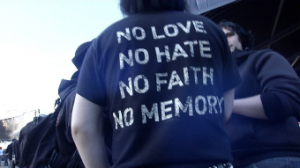 Promised Land of Heavy Metal
Promised Land of Heavy Metal




